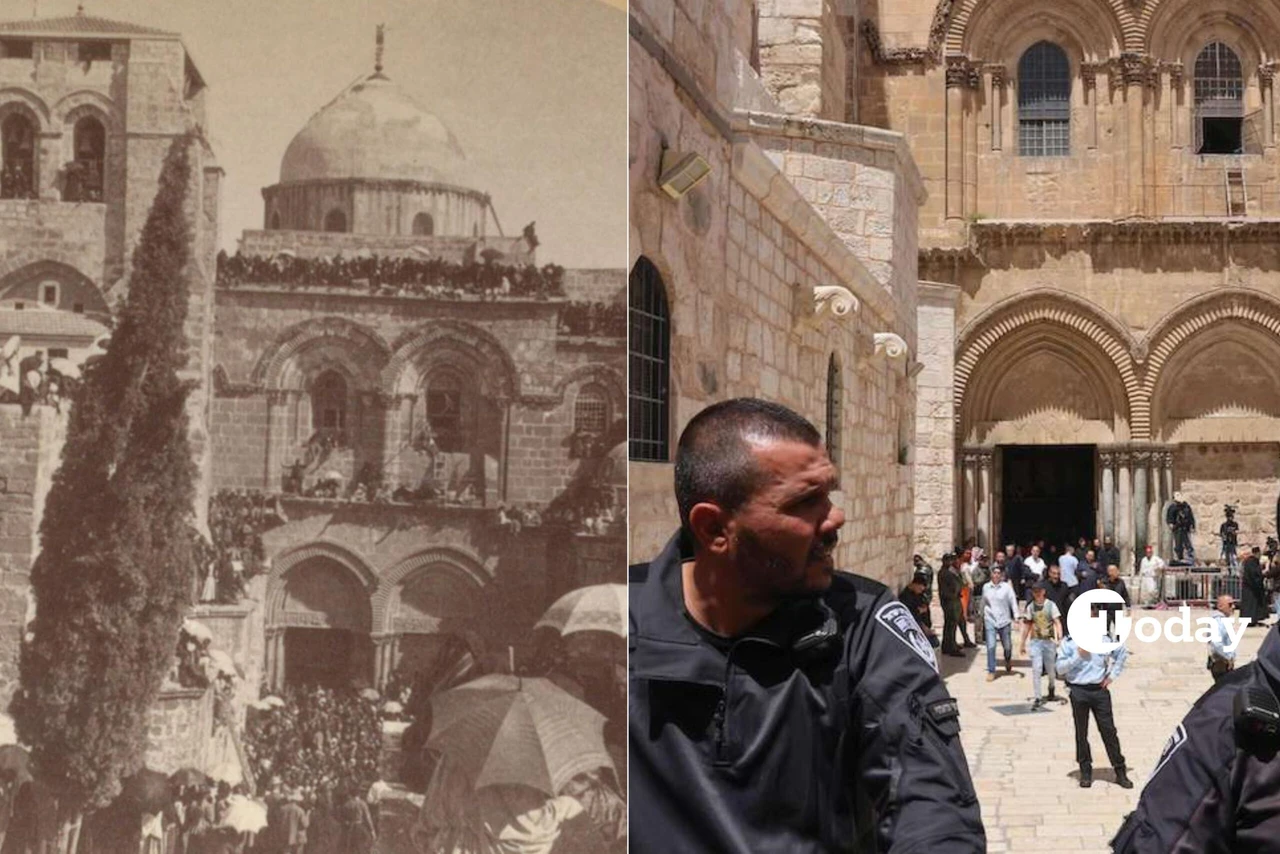Tracing early christian apostles in Anatolia through Türkiye’s religious heritage
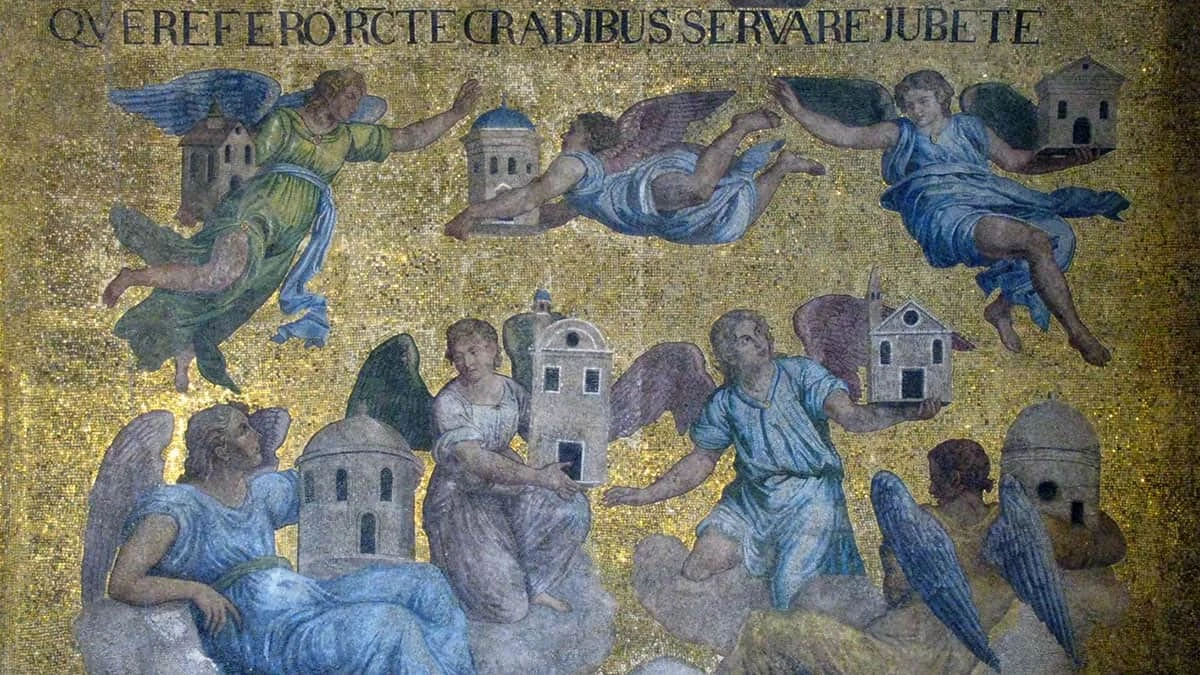 The angels standing guard to the seven churches of Asia, Mosaic in Basilica di San Marco, Venezia, Italy
The angels standing guard to the seven churches of Asia, Mosaic in Basilica di San Marco, Venezia, Italy
Anatolian region, where Türkiye is located, is a rich geographical area that has hosted various cultures, beliefs and civilizations throughout history.
The fact that it has been home to the three major monotheistic religions – Christianity, Judaism and Islam – demonstrates the region’s religious and cultural richness. This religious heritage in Anatolia holds great significance for faith tourism.
Christianity is a monotheistic religion adhered to by a portion of the world’s population, with fundamental elements such as belief in God, angels, the afterlife, and Jesus (peace be upon him). The Holy Bible is divided into two sections: the Old Testament and the New Testament.
The New Testament includes the Gospels and letters from the early Christian community. The Book of Revelation by John contains the teachings of Jesus and prophecies about the future and is believed to have been written on the island of Patmos in Greece.
The Seven Churches refer to the first seven communities that adopted Christianity and its teachings in the Roman province of Asia. The geographical locations and names of these churches in Asia Minor indicate their significance as important Christian centers during the Roman period.
Today, the locations of these churches are as follows: Selcuk/Izmir (Ephesus), Konak/Izmir (Smyrna), Bergama/Izmir (Pergamon), Akhisar/Manisa (Thyatira), Salihli/Manisa (Sardes), Alasehir/Manisa (Philadelphia), and Pamukkale/Denizli (Laodicea).
Saint John is described as a clergyman active in this region during that period. Particularly, his tomb in the Selcuk district of Izmir is an important pilgrimage site.
Research on visitor profiles shows that a significant portion of Christian visitors from Europe and America visit these churches for both touristic and religious purposes.
Türkiye capitalizes on its significant religious and cultural heritage, such as the Seven Churches, for tourism. Special tourism programs, such as “Seven Churches Faith Tours,” highlight this potential.
The Ministry of Culture and Tourism has inventoried artifacts from the three major religions that have survived to the present and promoted the Seven Churches as a significant tourist destination.
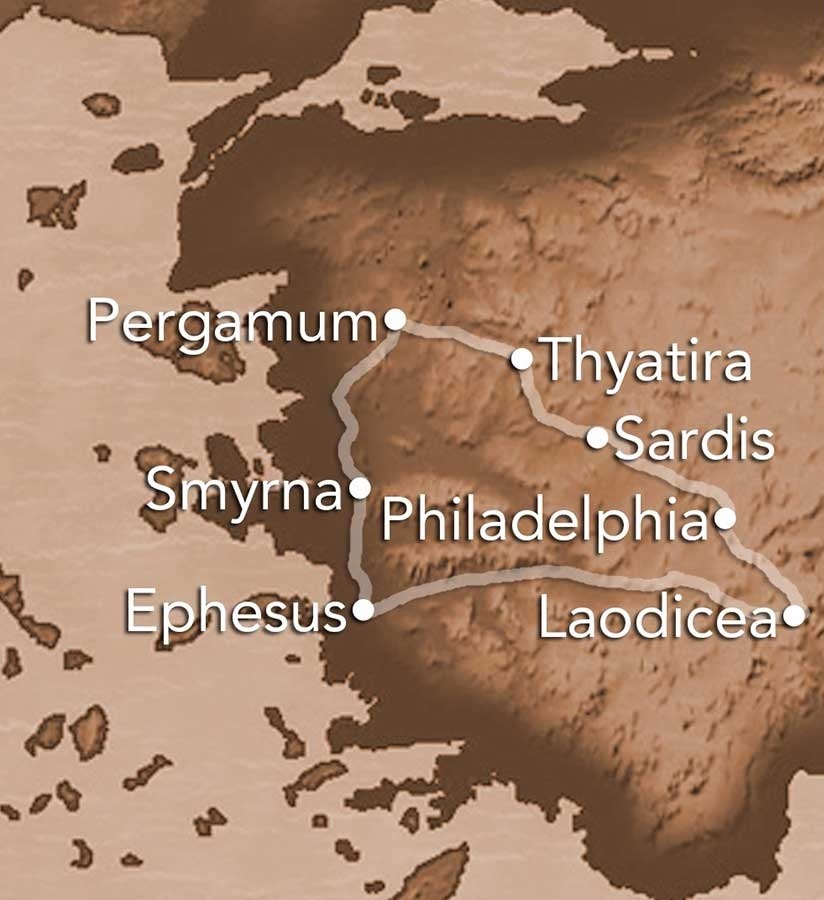
How names of early christian’s Seven Churches mentioned in Bible?
The Bible describes John’s exile on the island of Patmos, where he experienced a revelation, sharing in the kingdom and patient endurance in God’s word. Emphasis is placed on the events John saw and heard.
In the first chapter of the Book of Revelation (1:9-11), John’s experience is recounted, and he is commanded by an angel to write letters to the Seven Churches. These letters are addressed to the Christian communities in the cities of Ephesus, Smyrna, Pergamon, Thyatira, Sardes, Philadelphia and Laodicea.
The letters address the condition of each church and convey messages from Jesus. They offer advice, discuss the challenges and difficulties faced by the communities, and sometimes provide warnings regarding their behaviors.
John is said to have written these letters under God’s command, influenced by the visions he saw on the Lord’s day.
The purposes of these letters were to highlight false teachings and bad behaviors in the churches at that time, remind those who did not repent of divine judgment, encourage believers in the face of persecution and difficulties, and strengthen the belief that those who persevere will be rewarded by God. Each letter describes the condition of a specific church and the spiritual atmosphere of that period.
Symbols and imagery frequently used in these letters were employed to explain the situations and challenges faced by the church communities at that time.
For example, pagan influences in Pergamon, false teachings in Thyatira, and spiritual lethargy in Sardes.
The churches in Philadelphia and Smyrna are praised and regarded as exemplary churches in the letters because they preserved the teachings of Jesus and remained faithful to him.

Letter to church in Ephesus
In the letter addressed to Ephesus, Jesus commends the church for its works, patience and standing against evil.
However, he warns them about abandoning their first love and urges them to repent and return to their former deeds. It is emphasized that those who overcome will eat from the tree of life in God’s paradise.
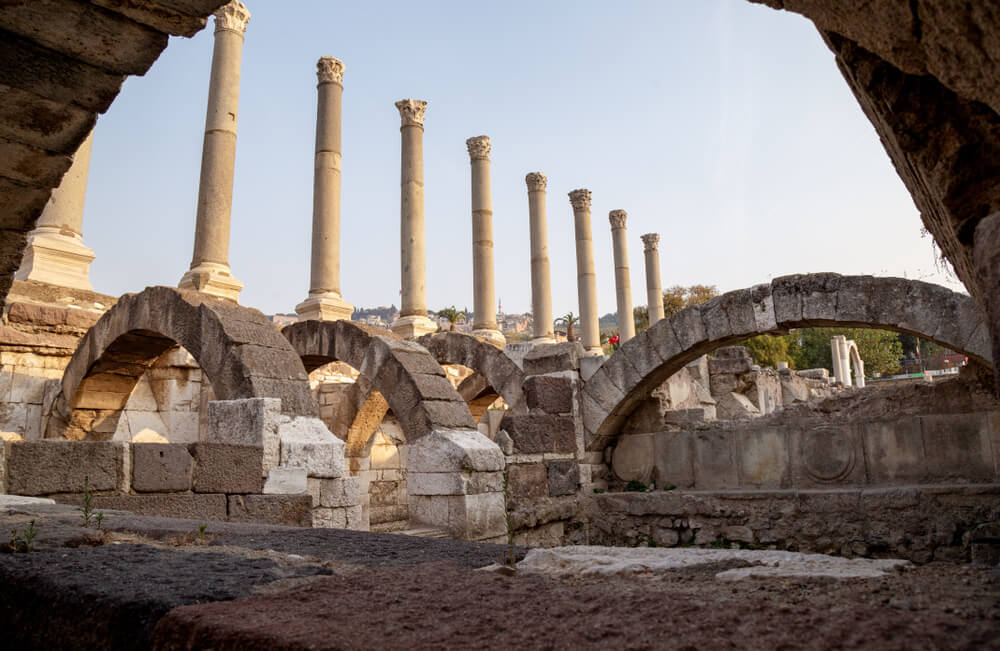
Letter to church in Smyrna
In the letter to Smyrna, Jesus acknowledges the church’s tribulations and poverty, yet notes their spiritual richness.
He advises them to be brave in facing future trials and remain faithful unto death. Those who conquer are promised the crown of life.
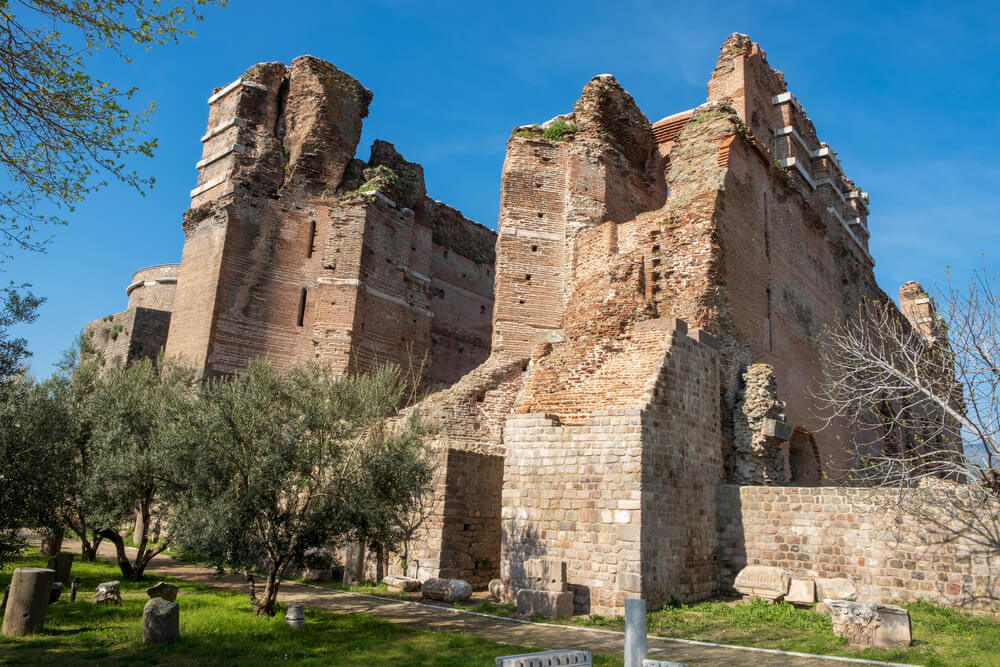
Letter to church in Pergamon
The letter to Pergamon highlights the church’s fidelity amidst a place where Satan’s throne resides.
However, warnings are issued against the teachings of Balaam and the Nicolaitans. Overcomers are promised hidden manna and a new name written on a white stone.
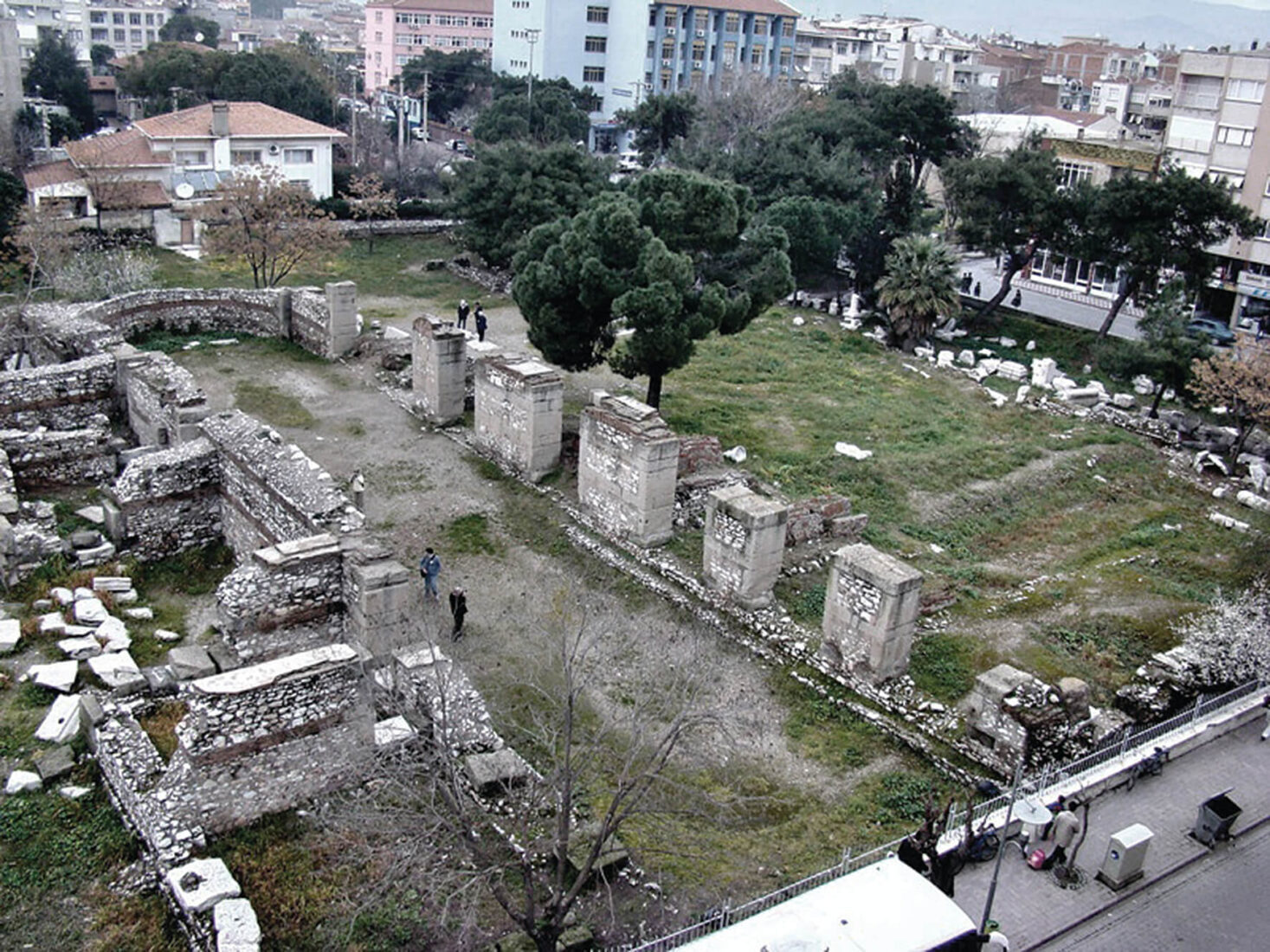
Letter to church in Thyatira
In the letter to Thyatira, the church’s love, faith, service, and patience are praised. Strong admonitions are given against the false teachings of the self-proclaimed prophetess Jezebel.
Those who remain steadfast will be rewarded with the morning star.
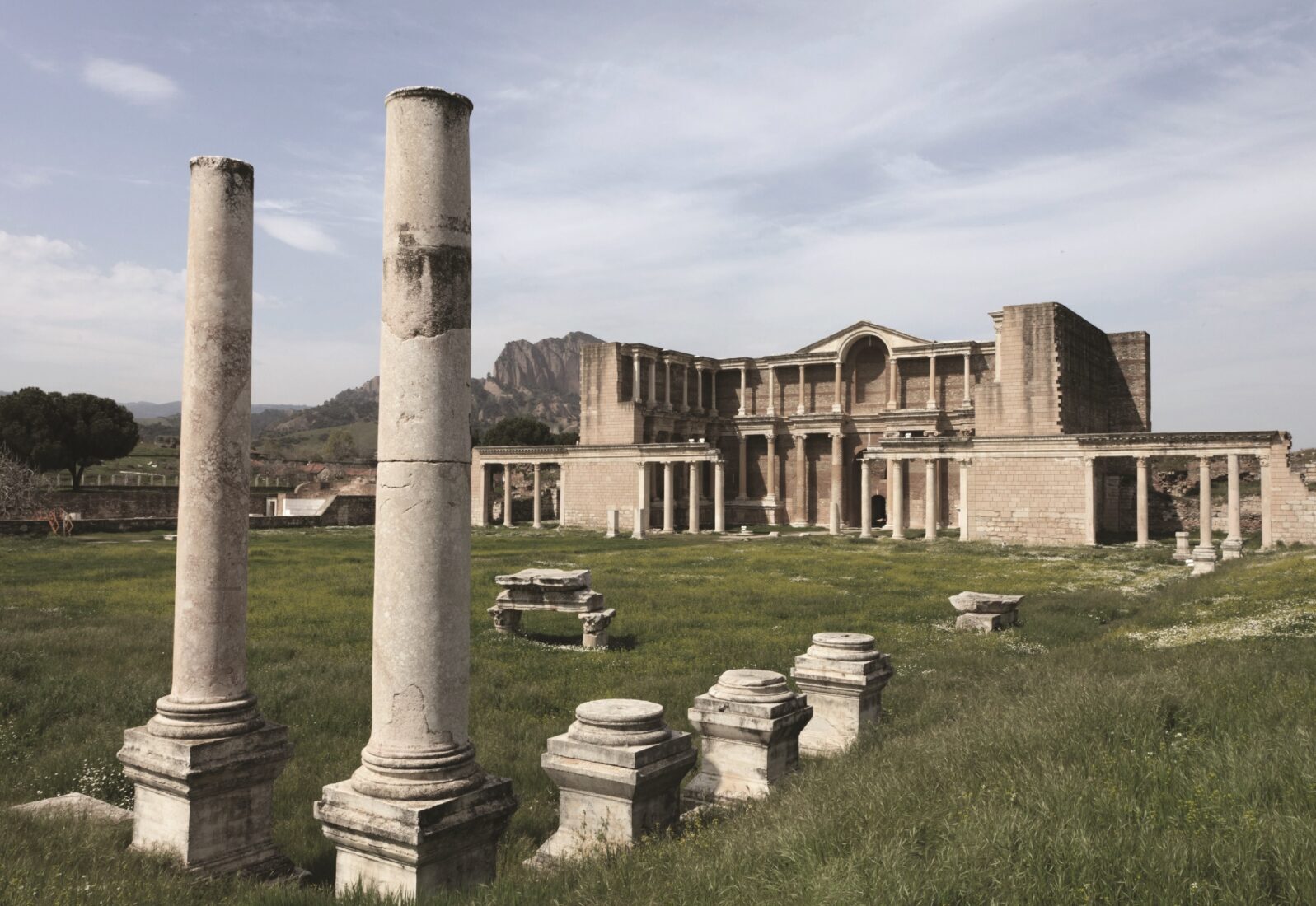
Letter to church in Sardes
The letter to Sardes reveals that although the church appears alive, it is spiritually dead. The church is called to wake up and repent.
Those who wear white garments will not have their names erased from the Book of life and will be acknowledged before God.
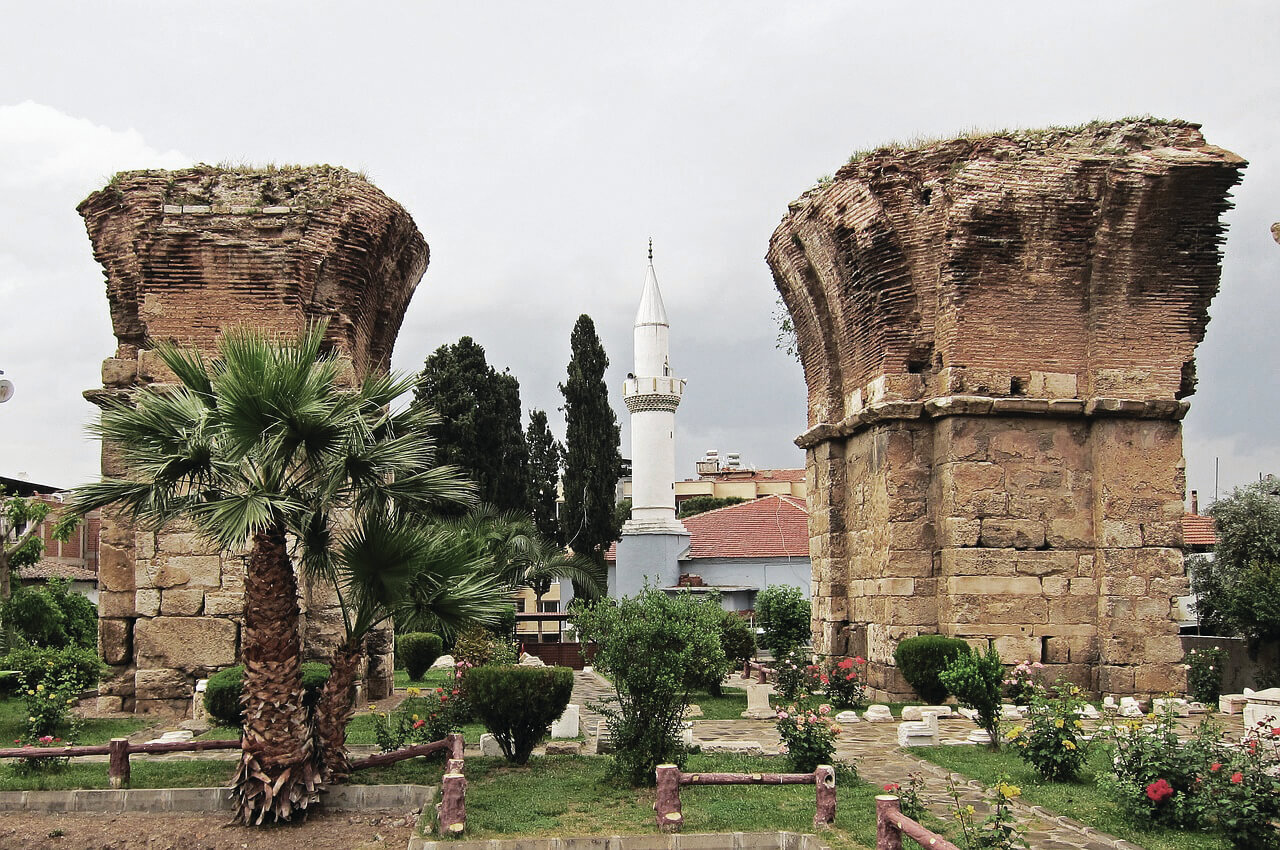
Letter to Church in Philadelphia
The letter to Philadelphia praises the church’s faithfulness to Jesus. It is mentioned that the church will demonstrate its righteousness before those who come from the synagogue of Satan.
Overcomers are promised to be made pillars in the temple of God and to have new names written on them.
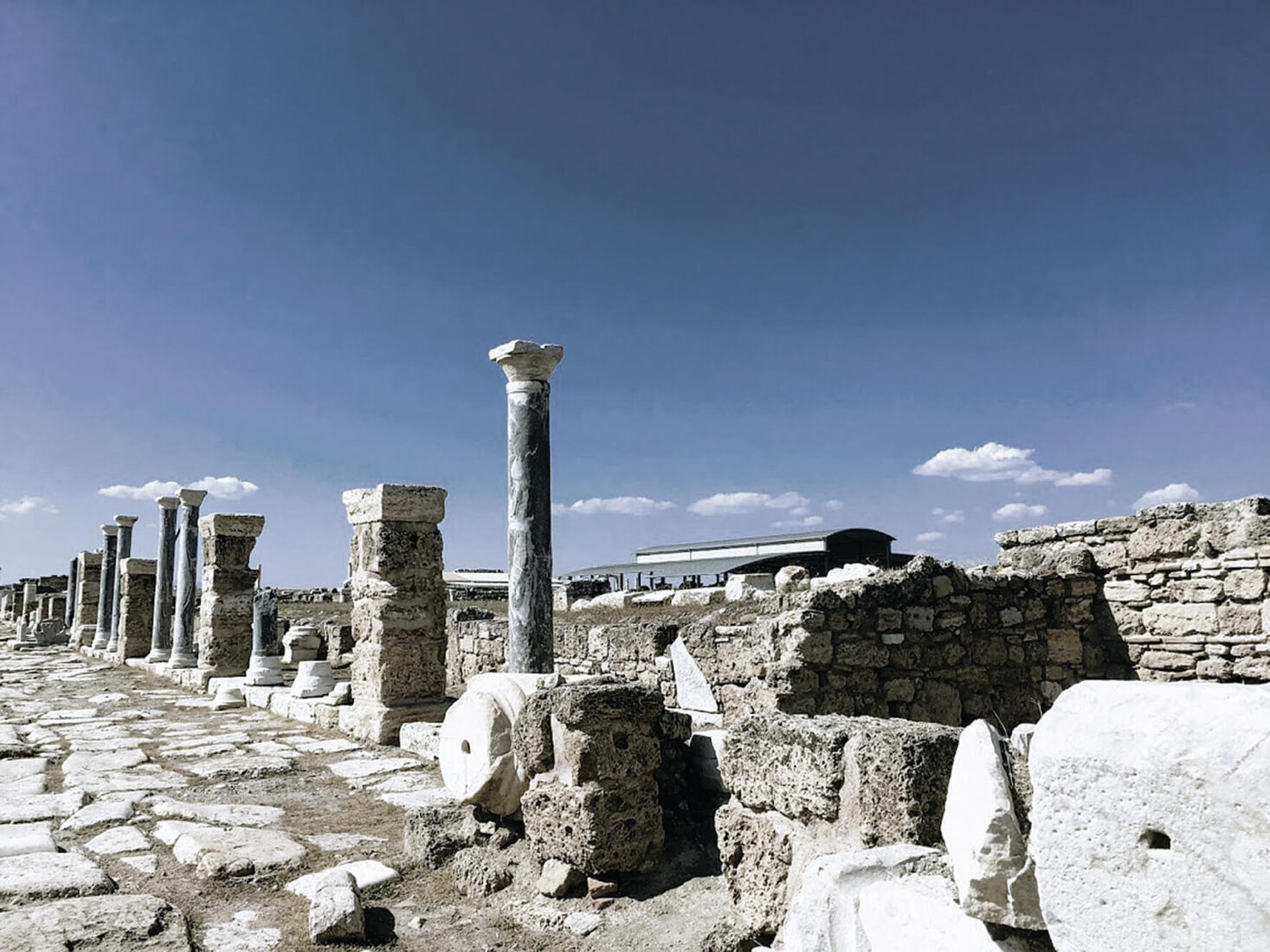
Letter to the Church in Laodicea
In the letter to Laodicea, the church’s spiritual lukewarmness and indifference are criticized.
The church is urged to find true riches and turn towards Jesus. It is stated that those who open the door will dine with Jesus, and those who conquer will sit with him on his throne.
How do Seven Churches impact Türkiye’s religious tourism potential?
Faith tourism in Türkiye was officially defined with the first study conducted by the State Institute of Statistics in 1965 and has been developed since then.
Particularly, inventory studies on the holy sites and artifacts of Christianity have created an international awareness in this area. Events such as religious tourism days have also been organized to introduce this potential to a wider audience.
The Seven Churches were centers where significant councils were held and the teachings of Jesus were spread during the early periods of the Christian faith system.
Important meetings like the Council of Nicaea were held at these churches, and the fundamental principles of Christian belief were shaped in these lands.
The Seven Churches are not only significant in the history of Christianity but also important target points for Türkiye’s religious tourism.
These churches offer visitors a historical journey and a spiritual experience with their religious and cultural heritage.

